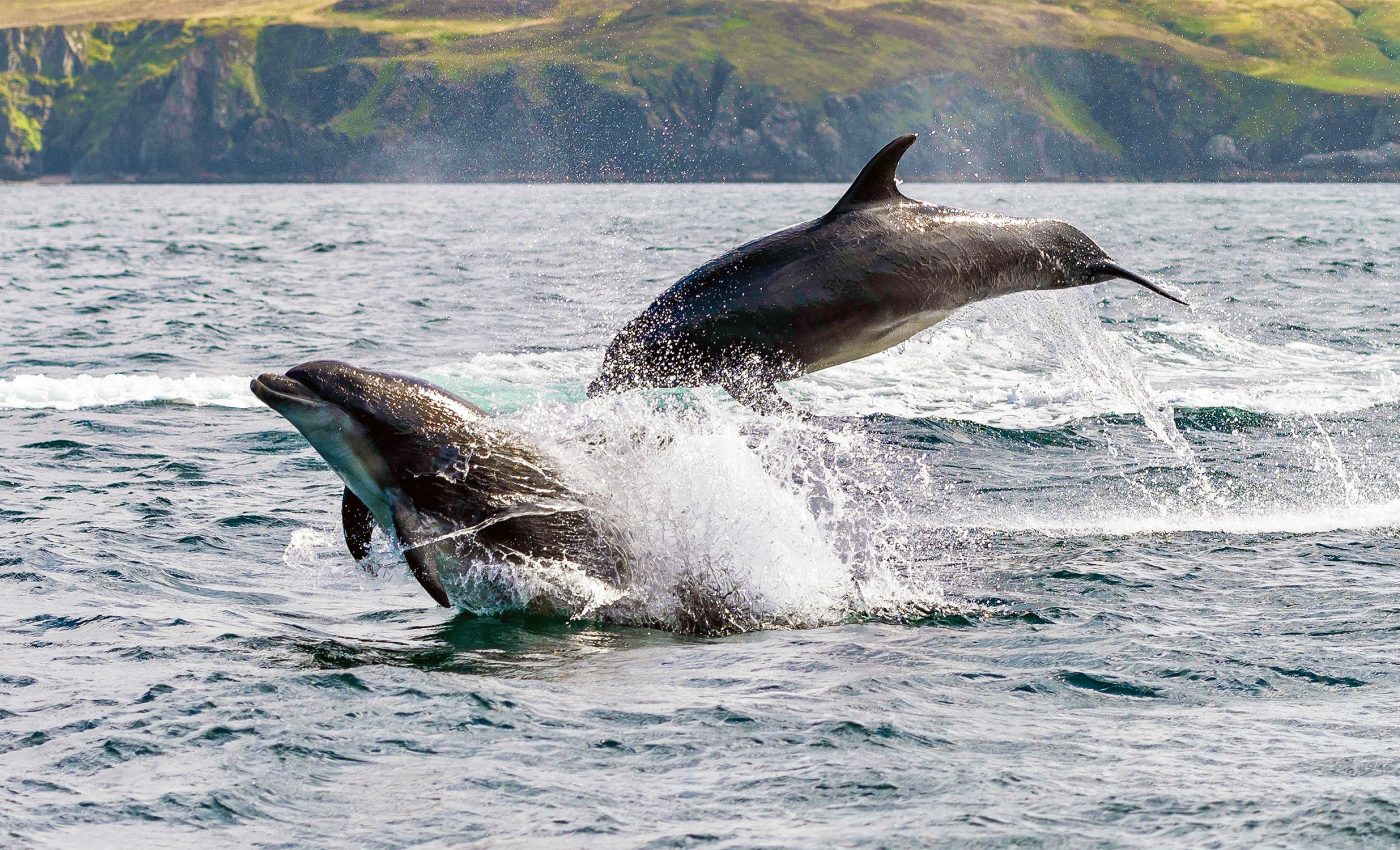
New 'bycatch' fishing restrictions aim to protect whales, dolphins, and other marine mammals
The United States is tightening the rules on seafood imports to protect marine mammals from “bycatch” caused by destructive fishing methods.
NOAA Fisheries is the U.S. agency that manages ocean resources and it uses the Marine Mammal Protection Act (MMPA) to set standards that reduce harm to whales, dolphins, and seals.
In a Federal Register notice the agency reviewed about 2,500 fisheries across 135 nations and denied approvals to 240 fisheries in 46 nations, with import restrictions required beginning January 1, 2026.
The Federal Register is the official daily record of U.S. government actions, so these decisions carry legal weight. They do not target species by name, they judge how fisheries manage risks to marine mammals.
Bycatch is the unintentional capture or entanglement of non-targeted animals during fishing. Cutting bycatch is the core goal, because injuries and deaths from gear can push small populations over the edge.
What comparability findings require
Under the MMPA import provisions, foreign fleets that ship seafood to the United States must meet U.S. standards for limiting marine mammal bycatch.
A comparability finding is NOAA’s determination, fishery by fishery, that a nation’s rules and outcomes are comparable in effectiveness to U.S. measures.
The decisions remain in place for a defined period, then nations must renew or update their cases. If conditions change for the better, NOAA can reconsider sooner.
Bycatch, mammals, and trade
Some nations received approvals across all export fisheries, while others were denied in some or all fisheries.
Exporters from denied fisheries face U.S. import prohibitions that start on January 1, 2026 and remain in effect until December 31, 2029 unless NOAA revises them.
A denied fishery may reapply once it fixes problems and can show monitoring, mitigation, and enforcement that match U.S. levels.
That pathway matters for communities that rely on fishing income yet need clear guardrails to stay in the market.
What importers must do now
NOAA and U.S. Customs will use the Harmonized Tariff Schedule (USHTS) codes to flag products tied to denied fisheries, and documentation will follow those codes.
Some shipments will require a Certificate of Admissibility so importers can attest that fish were harvested in compliant fisheries with the right gear and in the right areas.
The compliance requirements include using the COA form through Customs’ electronic system, tracking harvest locations, and matching species codes to allowed sources. Those steps help keep prohibited fish out while letting legal trade continue.
Impact on coastal communities
Fishing nations that lose market access face real economic strain, especially in coastal villages where seafood exports anchor local income.
When import bans take effect, the impact can reach fishers, processors, and transporters who depend on trade with U.S. buyers.
NOAA’s comparability findings aim to balance conservation with fairness. The agency works with affected governments to develop plans that meet protection standards without wiping out livelihoods.
In many cases, technical aid, better gear, and monitoring programs help nations rebuild access under stronger sustainability rules.
Marine mammals and bycatch limits
A landmark study showed that most marine mammal bycatch in monitored U.S. fisheries during the 1990s occurred in gillnets, and that targeted mitigation reduced those numbers over time.
The same analysis extrapolated that the global toll each year is in the hundreds of thousands.
“The global bycatch of marine mammals is likely to number in the hundreds of thousands each year,” wrote Andrew J. Read, director of the Duke University Marine Laboratory and lead author of the study.
One proven gear fix is the acoustic experiment that led to the use of pingers on gillnets to deter harbor porpoises.
Controlled trials in the U.S. Northeast recorded a 92 percent reduction in porpoise bycatch in pingered nets, and follow up monitoring in real fisheries showed reductions between 50 and 70 percent depending on mesh size and area.
Results do not happen by magic, they depend on correct placement, working batteries, and checks on compliance.
When paired with time area closures and net modifications, pingers can be part of a package that protects mammals without tanking catch rates.
Bycatch, mammals, and the future
Nations with denied fisheries can map their gear, seasons, and hotspots for interactions, then plug gaps with monitoring and mitigation.
Observer data, electronic monitoring, and clear thresholds for closing or adjusting a fishery build credibility.
Trade access then follows the evidence. If a program demonstrates comparable effectiveness, NOAA can issue a new finding and reopen the door.
—–
Like what you read? Subscribe to our newsletter for engaging articles, exclusive content, and the latest updates.
Check us out on EarthSnap, a free app brought to you by Eric Ralls and Earth.com.
—–













